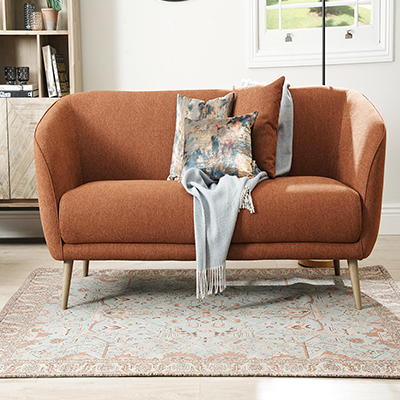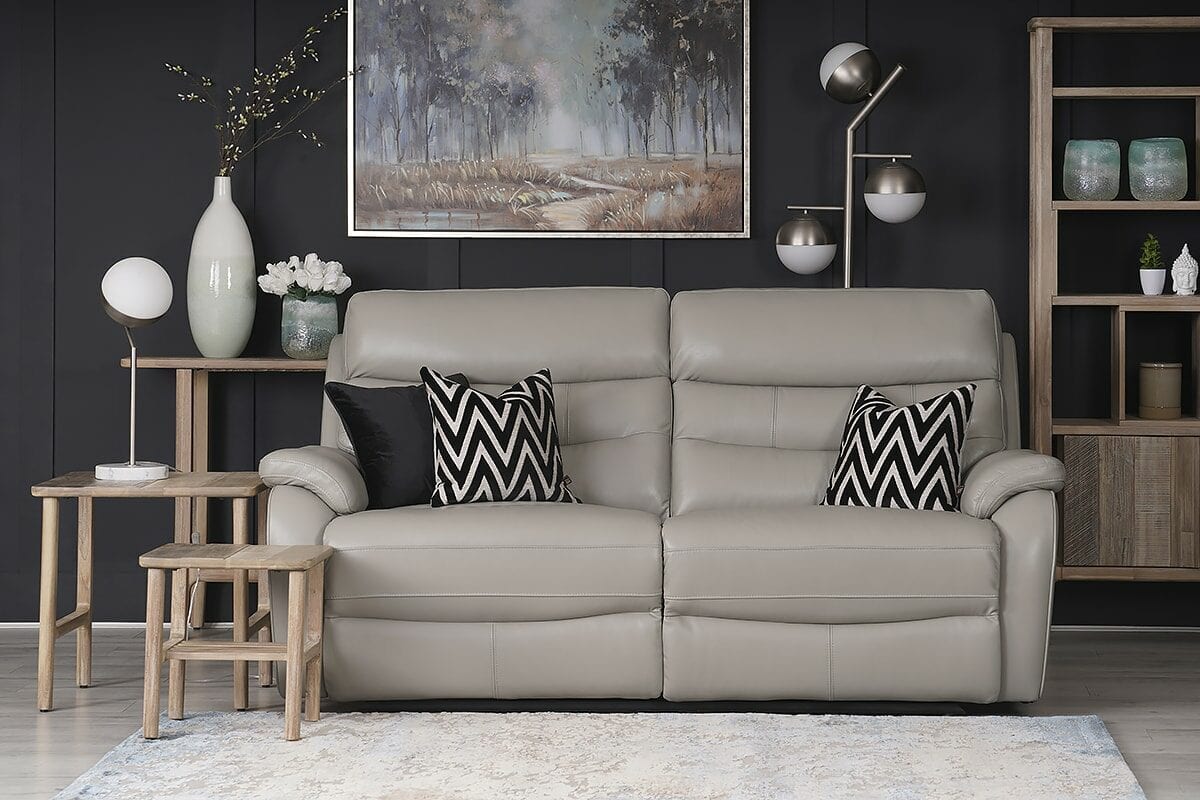Michael Murphy Home Furnishing
The Impact of Colour Psychology in Home Decor
When it comes to decorating your home, colour is one of the most important elements to consider. The colours you choose can greatly impact the overall mood and atmosphere of a room. This is where colour psychology comes into play.
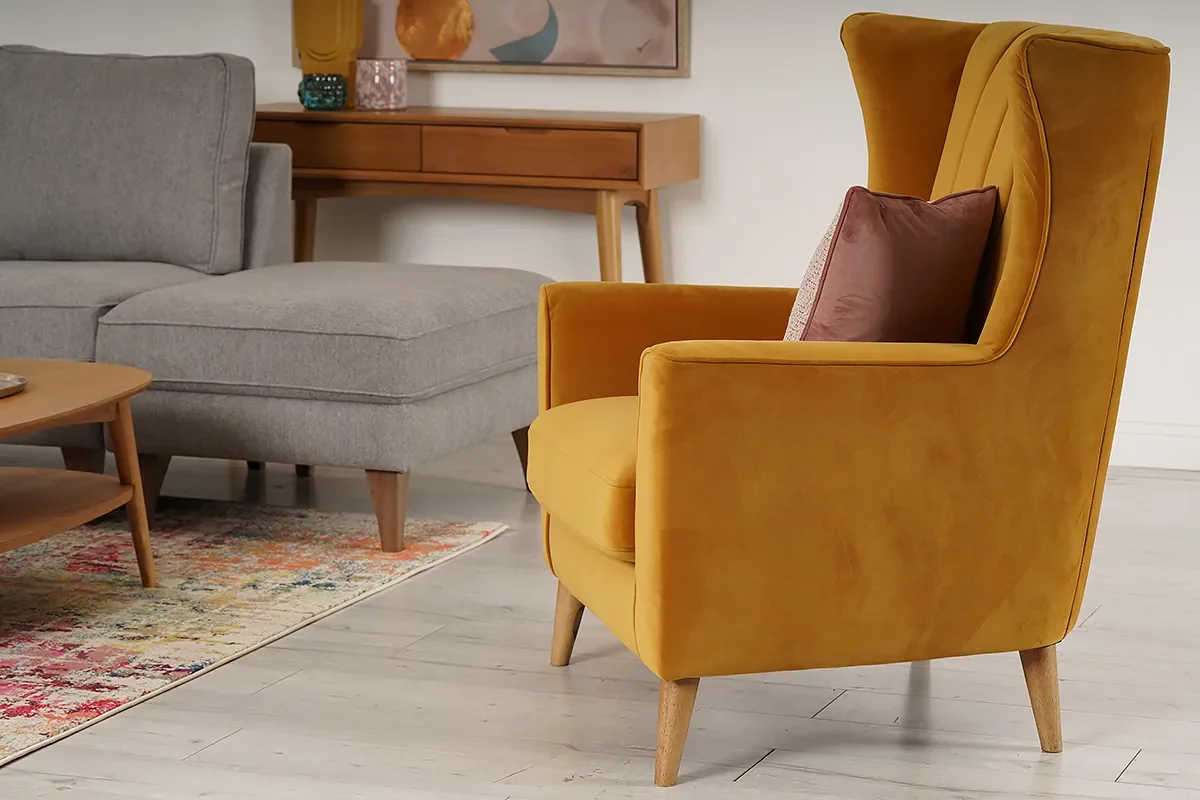
Colour psychology is the study of how colour affects human behavior and emotions. Each colour has its own unique psychological properties, and understanding these properties can help you choose the right colours for your home decor.
Red, a colour of passion and energy, can be used in small doses to accent a room, but it’s not recommended to use it as a primary colour in large spaces as it can be overwhelming and even stimulating.
Neutrals like white, beige, and grey are great for creating a sense of balance and tranquility in a space. They also work well as a backdrop for other, more vibrant colours.
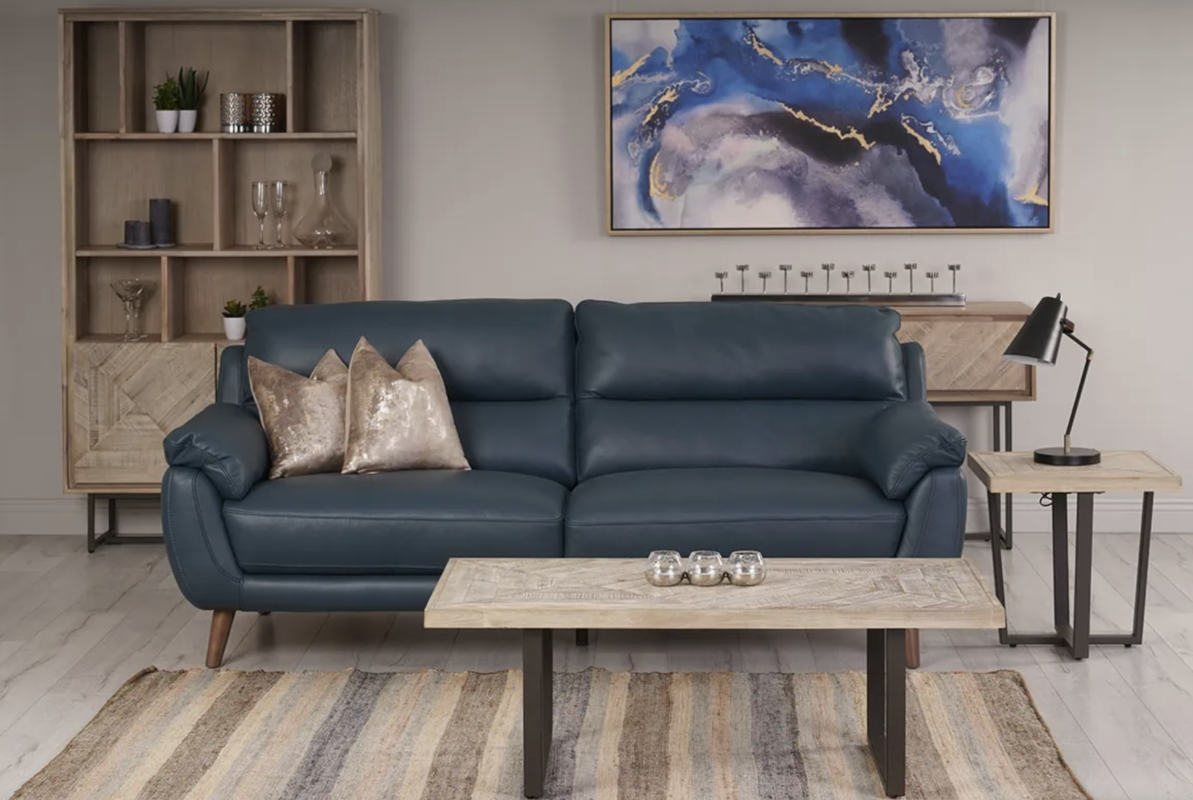
For example, blue is known to promote feelings of calmness and serenity, making it a great choice for bedrooms and bathrooms. On the other hand, yellow is known to promote feelings of happiness and optimism, making it a great choice for living rooms and kitchens.
Green, a colour of nature and growth, is often used in home offices and studies as it is believed to promote concentration and productivity.
Purple, a colour of luxury and wealth, can be a good choice for dining rooms or bedrooms.
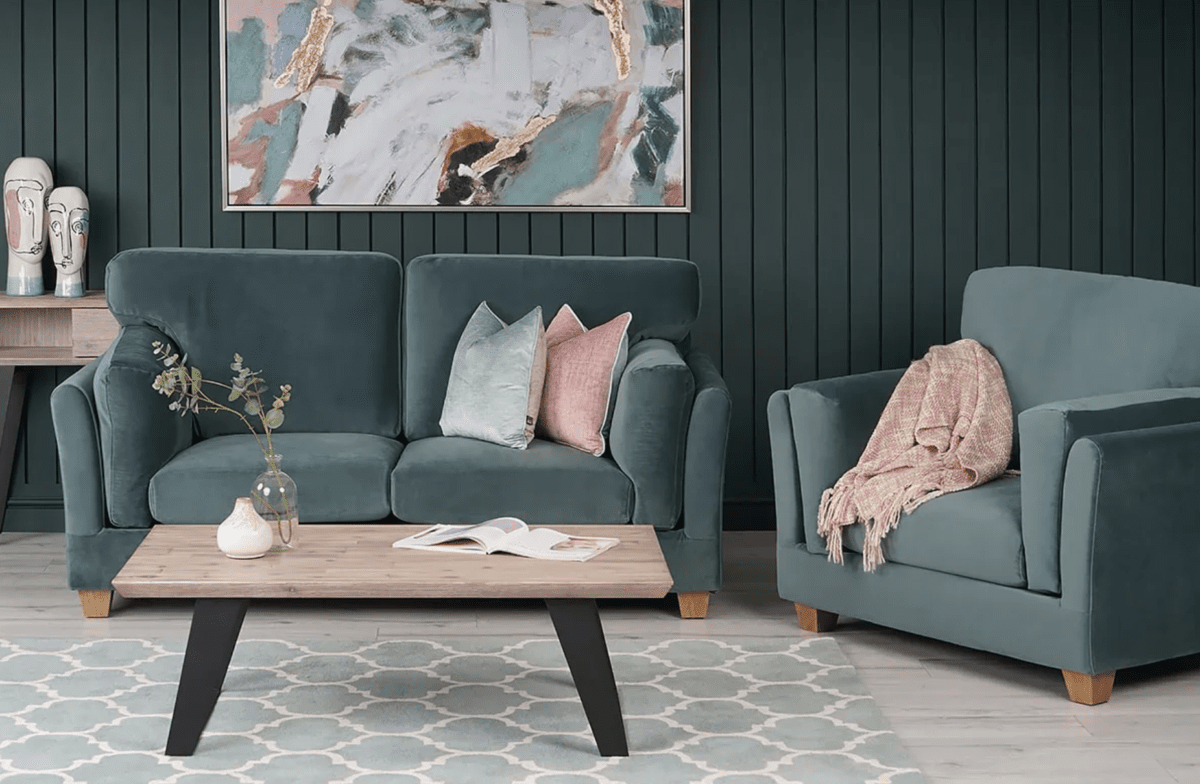
In addition to the psychological effects of colour, it’s also important to consider the practical aspects of decorating with colour. For example, it’s important to consider the amount of natural light a room receives, as well as the size and layout of the room, when choosing colours.
Overall, understanding the psychological properties of colour can greatly enhance the overall look, feel, and functionality of your home. So next time you’re redecorating, take the time to consider the impact of colour psychology in your home decor.





